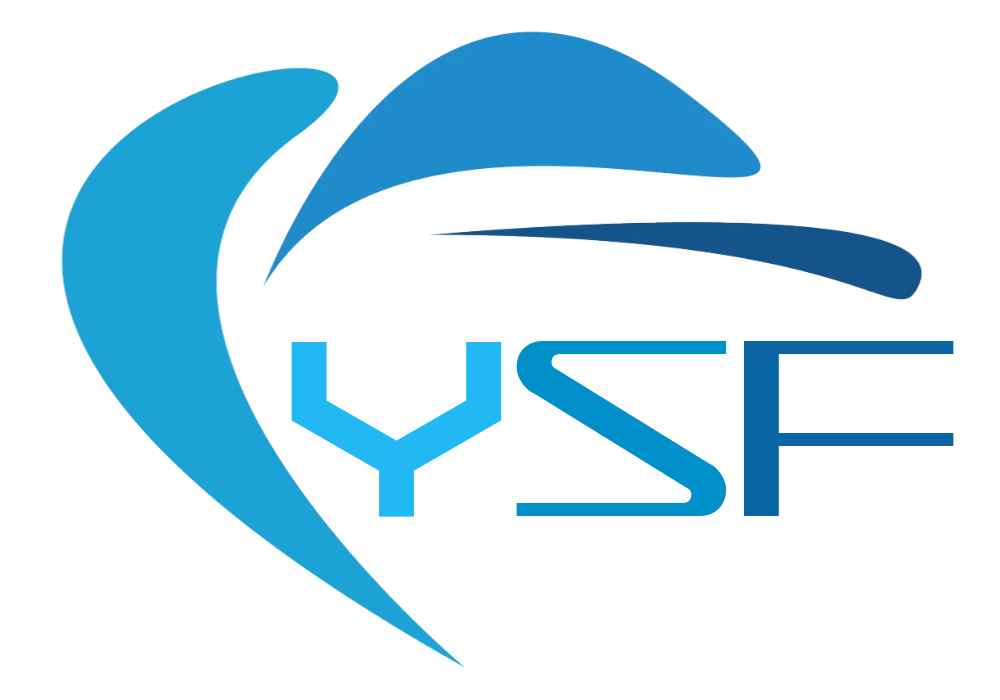There are currently three common methods for bonding liquid silicone rubber (LSR) to thermoplastic substrates in the market: primer, self-adhesive silicone rubber, and bonding additives. Liquid silicone rubber manufacturers should carefully understand and choose the best adhesive for each product, fully considering various factors such as initial cost, process steps, and availability.
From electrical tableware to medical devices to electronic products, injection molded liquid silicone rubber (LSR) can be used to produce a variety of products. Many applications of liquid silicone rubber (LSR) require bonding with plastic substrates, but the ultra-low surface energy and chemical resistance of silicone rubber have always made it difficult to bond with other materials.
There are currently three common methods for bonding liquid silicone rubber (LSR) to thermoplastic substrates in the market: primer, self-adhesive silicone rubber, and bonding additives. Bottom coating adhesive has long been used to bond various substrates, and self-adhesive silicone rubber has entered the market for more than 20 years. Compared to bottom coating adhesive, it can save a lot of time. Recently, a new technology has emerged that can enable standard LSR to obtain self-adhesive properties, making the bonding process safer and more economical. This new adhesive additive can be easily injected into ordinary non self-adhesive LSR, so that it can obtain self-adhesive ability without affecting the physical properties of LSR. Thermoplastic plastics can be bonded without primer, including polyamide (PA), polybutylene terephthalate (PBT), Polyphenylene sulfide (PPS), Polyphthalamide (PPA), and so on.
Only by deeply understanding the characteristics of these three bonding methods can they provide assistance for manufacturing process design, material selection, and cost savings.
1. Undercoat adhesive
Primer adhesive has long been used to bond LSR and substrate. If primer is used, the plastic components to be bonded must first be injection molded. After molding, remove and clean the components to ensure that the surface is free of organic or inorganic pollutants (such as grease, dirt, rust, oil, and oxide layer), and then apply a primer. Surface treatment is one of the most important influencing factors in the bonding process. The appropriate application method is also crucial for achieving the best results, including spraying, soaking, or brushing. Each sizing method requires different equipment. If it only needs to be coated on specific parts of the substrate, the operation may be troublesome, and it may need to be covered to avoid discoloration or flash in the non LSR rubber coating forming area.
1) Spraying requires a spraying room equipped with professional spraying and ventilation equipment to prevent the diffusion of volatile organic compounds in solvent based primer.
2) Applying primer requires manual application on each component, which is a labor-intensive process that increases operating time.
3) Soaking is the process of immersing components into a cylinder/barrel of adhesive, which is very economical, but it is difficult to control coating thickness and avoid defects and contamination.
Primer adhesive is the preferred solution for bonding LSR to complex substrates, but it can significantly increase production costs and cycle time.
2. Self adhesive liquid silicone rubber
If self-adhesive liquid silicone rubber (LSR) is used, LSR can be directly injected into plastic components through encapsulation molding or double injection molding, without the need for mold removal and primer application processes. If double injection molding is used, there is no need to clean the thermoplastic substrate before LSR molding, as the thermoplastic components do not come out of the mold. According to the thermoplastic used and the required adhesive strength, thermoplastic components can be subjected to flame or plasma treatment before LSR molding to improve adhesive strength.
Compared to traditional adhesive systems, it can bring certain production improvements, but its disadvantages are also obvious. Self adhesive liquid silicone rubber can only be used to bond specific substrates at present, and the applicable hardness range is very limited. According to manufacturers, the viscosity of most self adhesive LSRs will fail or significantly decrease after 6 months from the factory.
3. Adhesive additives
Adhesive additives can easily be injected into ordinary non self-adhesive LSRs to achieve self-adhesive ability. They can be used for LSRs of any hardness and various plastic substrates, and this compatibility is crucial considering potential material combinations. The shelf life of adhesive additives is usually one year, and the shelf life of non self adhesive LSR is generally twice that of self adhesive products. If adhesive additives and non self adhesive LSR are used, the shelf life will be longer. Because adhesive additives are paired with more common standard LSR, adding adhesive additives to standard LSR can significantly save raw material costs and be more economical compared to primer or self-adhesive liquid silicone rubber (LSR).
Nowadays, there are more and more products in the market that require LSR, from touch buttons on electronic products to valves and seals on important medical equipment. In so many applications, liquid silicone product manufacturers should carefully understand and choose the best adhesive for each product, fully considering the initial cost

